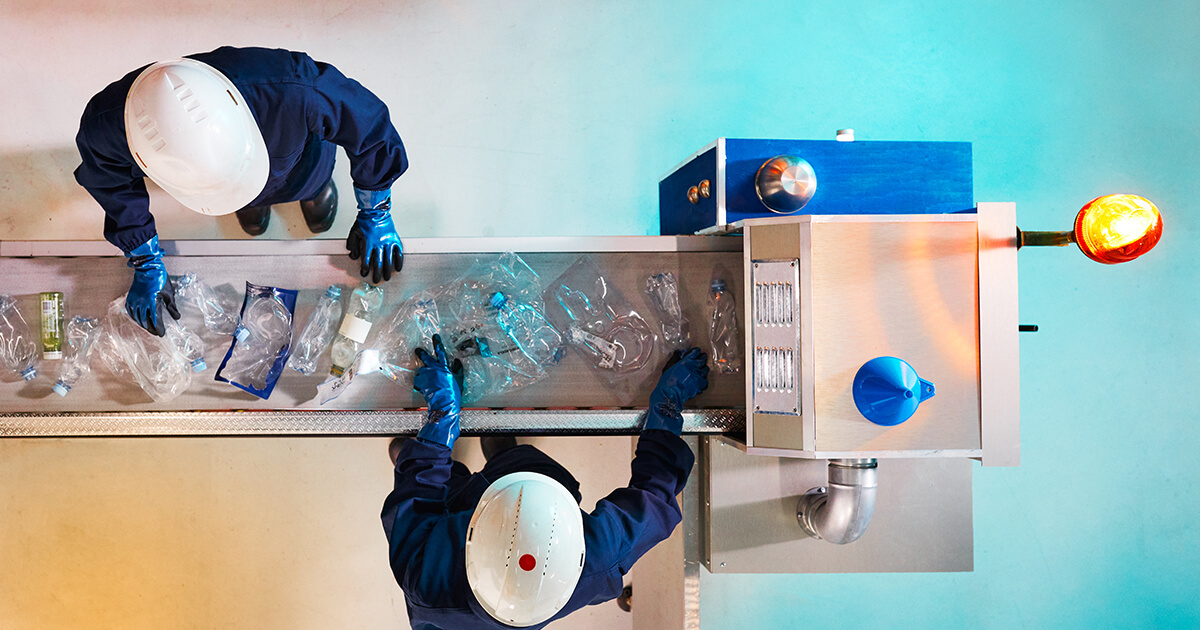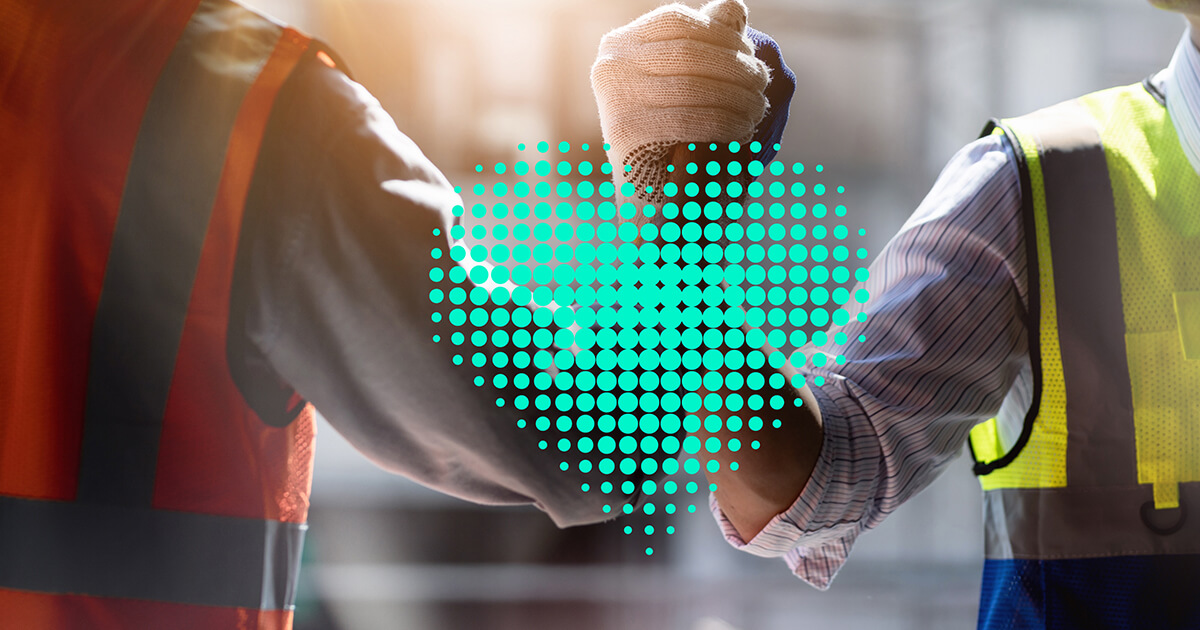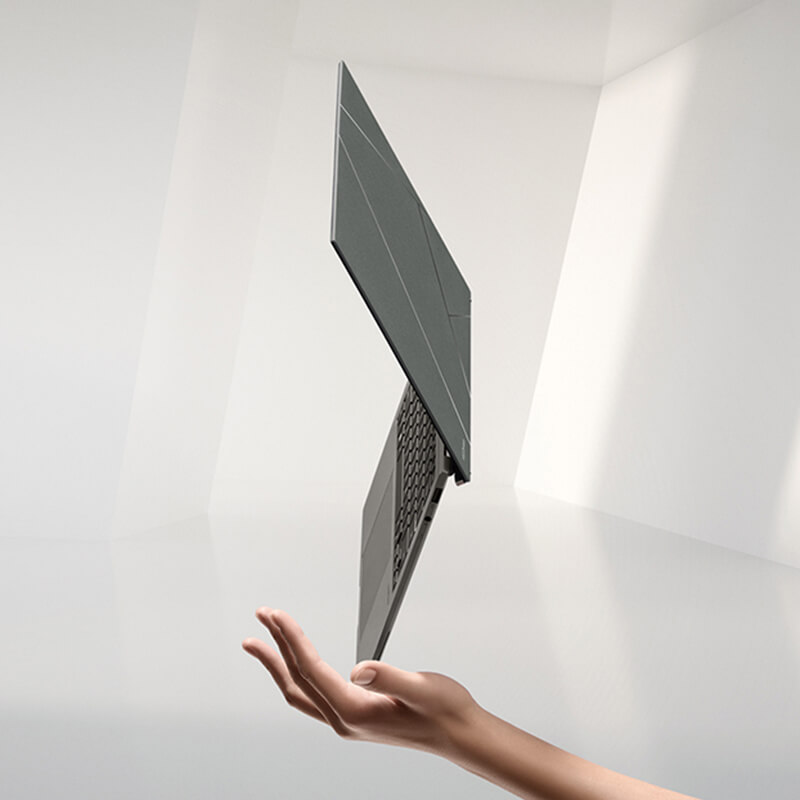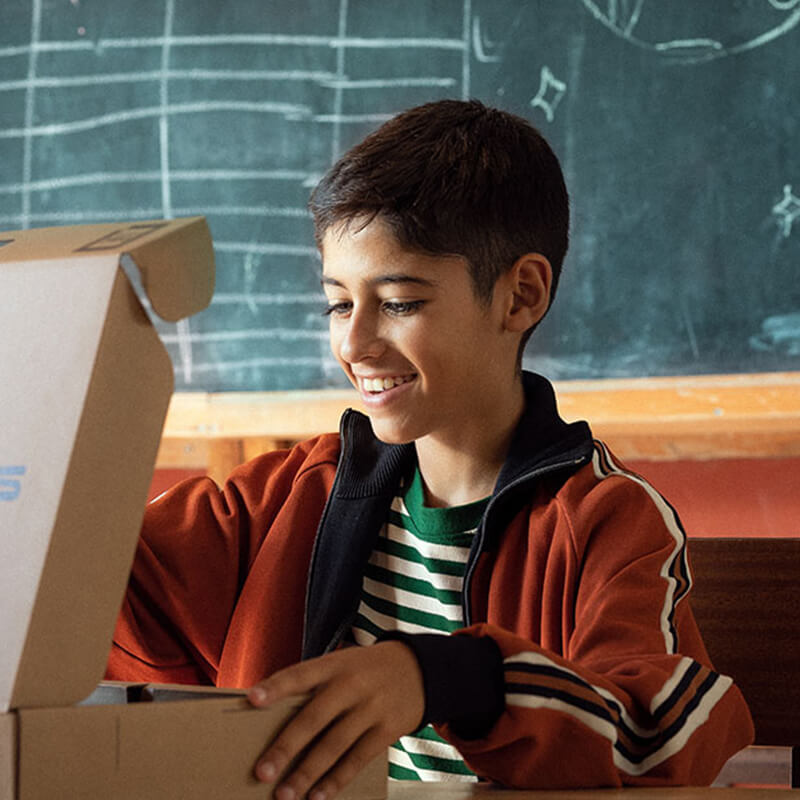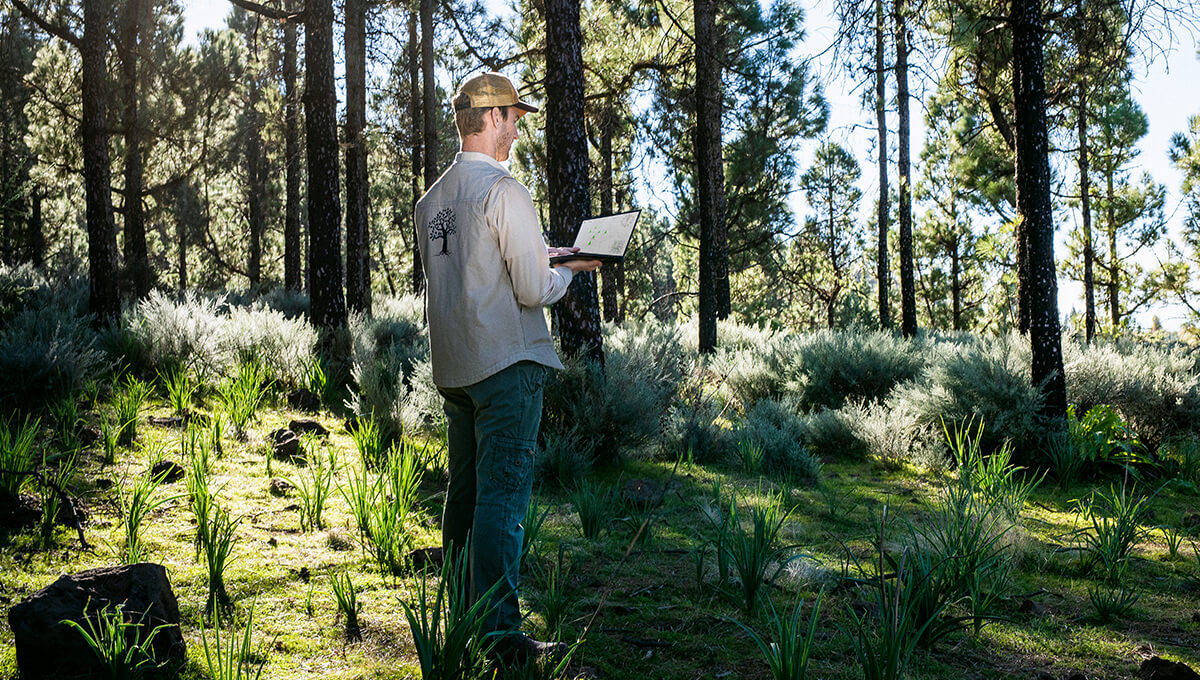
Dec 4, 2023
Making key parts of laptops easy to disassemble and replace makes it
easy to prolong the lifespan of a device, and it also makes
recycling easier. This is why ASUS takes modularity into
consideration throughout a laptop’s design process. This article
explains how ASUS helps prolong your laptop’s usage through
implementation of modularity and it also highlights measures ASUS
takes to ensure eco-friendly recycling.
Modular Design – More Efficient and Less Waste
Modular design involves designing a product so that key components
can be easily replaced. Designing key components that can be taken
apart individually from the model enables replacement of that
certain key part instead of replacing the whole product. Modular
design can also change how components of a model latch onto each
other, reducing materials needed to hold parts together – like
screws, for instance.
ASUS BR1100F
has captive screws on its underside so the screws remain attached to
the model during repair. This design eliminates the worry of losing
a screw in the process. Our ASUS BR1100F,
ASUS BR1402F
and
ASUS Chromebook CR11 Flip (CR1102F)
all have modular designs since 2022.
Keeping tiny key parts in place is just the tip of all the benefits
modular design provides. Everyday household tools like a screwdriver
and plastic spudgers can be used to
easily take apart models. Instead of taking time out of your day to visit a repair center
and deal with the inconvenience of not having your laptop with you
during the repair period, schoolteachers or IT managers dealing with
repair of laptops with modular design are able to easily take apart
their devices and switch out parts that need to be replaced.
Solutions with modular design are also cost-effective for
institutions. Device life can be extended, maintenance costs are
kept down, and even those without technical training can remove and
replace key parts like the battery, motherboard, speakers, and more.
Not having to replace the whole model and only targeting a certain
part for replacement creates a circular economy, reducing recycling
processing costs and increasing recycling value of e-waste. Modular
design allows the product’s lifespan to be prolonged, repair is made
easy, waste and pollution is reduced, and key parts are utilized to
their highest value before being disposed of. Thanks to factors such
as these, ASUS We've achieved 7.3 points on repair index out of 10
by the French Ministry of Ecological Transition (MTES) on models
such as
ASUS Chromebook C433TA.
Properly Recycling Disposed Hardware
Ultimately, devices come to the end of their lifespan and need to be
properly recycled. Considering presence of chemicals such as lead
and mercury which are widely used in all sorts of electronics, it’s
important that waste is handled correctly, to prevent leakage into
landfills or the environment, which can harm wildlife and humans.
Devices to be recycled also often contain plastics that can be
picked out, processed, and reused to conserve energy and resources.
Global Take Back Service
ASUS has Global Take Back service in 30 countries worldwide,
including greater China, Europe, the Americas, India, and Oceania.
We have services in locations that cover over 75% of our sales
market. Recycling devices involves four possible scenarios: drop
off, in which you drop off your device at our service centers like
customer service centers or designated recycling spots; mail back,
where you mail the device to our service center; pick-up, involving
contacting service centers and scheduling for the device to be
picked up at a designated location; and finally, and trade in, where
you trade an old device for a new one at a discount. ASUS
takes back all sorts of electronic waste, including laptops and larger electronic appliances and even
devices made by other brands.
When it comes to recycling electronic waste, we have strict
regulations in place for our recycling partners to ensure
appropriate disposal. Partners either follow regulations established
by The Basel Convention, which is a United Nations treaty made for
targeting processing of hazardous waste between nations, or they
will comply to local electronic waste recycling standards. To have
precise management over recycling procedures of our recycling
suppliers, we have also put in place a three-stage management
mechanism which involves ISO 14001 recycler,
E-stewards,
Responsible Recycling (R2), and
WEELABEX
verifications, continuous on-site auditing and monitoring, and
performance evaluation in which failing recycling partners of our
audit are replaced.
Progressing Towards Better Recycling
You would be surprised at how little e-waste is recycled out of the
total amount generated. In 2019, 53.6 million tons of e-waste was
generated worldwide with only 17.4% of it recycled, according to
The Global E-Waste Monitor 2020. This is why putting the right mechanisms in place to tackle the
problem is important to us. We’re proud to have been able to recycle
more than 10,790 tons of e-waste in 2022, which is 11.2% of the
total weight of all ASUS products sold worldwide that year. We will
continue this progress and refine our recycling culture and
mechanisms moving forward.
Giving Back to Society and Our Environment
Through implementation of modular design, we have made 90% of the
materials and parts used in our products easy to recycle and reuse.
We not only aspire to be more responsible to nature through our
recycling efforts, but we also try to give back to our society in
the process. In 2022, ASUS donated over 2,016 refurbished computers
to remote regions and disadvantaged populations. The refurbished
computers were all originally brought into our service centers to be
discarded, but they were redistributed to people in need after being
repaired.
We are also advocates and believers of maintaining sustainability
through innovative recycling ideas. ASUS held recycling competitions
in Netherlands in 2017 and 2020 in which students brainstormed
recycling ideas and were made aware of the importance of
sustainability efforts. We also managed to recycle 1.3 metric tons
of e-waste over a period of only 3 days on a 3C device recycling
event in Spain in 2018.
Instilling the core values of circular economy into our laptop
design process and consideration of its lifespan is a huge deal for
us and is critical to meeting our ESG promises. If you would like to
learn more about how to choose an eco-friendly laptop, visit our
article
on this topic.
More on Eco-friendly laptops









